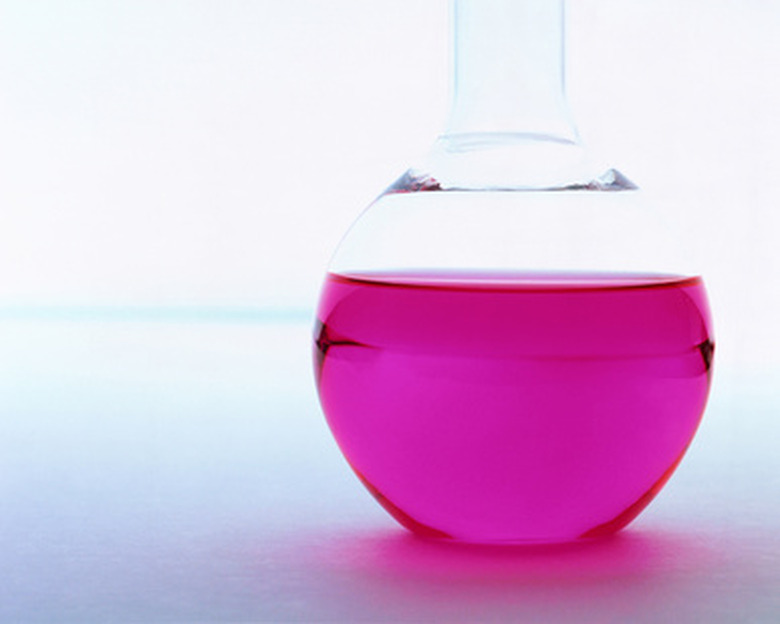Types Of Liquid Crystals
Liquid crystal is a term referring to substances that are not crystalline (solid) nor isotropic (liquid), but somewhere between the two. There are three main types, or what is scientifically known as mesophases, of liquid crystals which can be identified by their varying amounts of molecular order and positioning. This arrangement of molecules is what makes the substance either more solid or liquid.
Nematic
Nematic
The nematic phase is the simplest form of liquid crystal and is the phase in which the crystal molecules have no orderly position and are free to move any which way. However, while they have no specific order, during this phase the molecules do tend to point in the same direction, which is what differentiates it from a pure liquid. Liquid crystal in this phase can be characterized by its thread-like appearance when looked at under a microscope. The use of nematic liquid crystal is common in telescope lenses as it allows for a clear image when researchers are confronted with atmospheric turbulence.
Smectic
Smectic
The smectic phase of liquid crystal, which is defined as being equivalent to the slippery, thick residue found at the bottom of soap dishes, is characterized by a slight degree of translational order in the crystal molecules which is not found in the nematic phase. While keeping similar orientation and pointing in the same direction as the molecules in nematic liquid crystal do, in this phase the molecules tend to line themselves up into layers. While these layers as a whole move freely, movement within the layers is restricted; therefore, it creates a slightly more solid substance. Smectic liquid crystal has been found to have fast electro-optical response time and because of this is used, along with nematic liquid crystal, in producing liquid crystal display (LCD) screens.
Cholesteric
Cholesteric
The cholesteric phase, also known as chiral nematic phase, is characterized by the molecules being aligned and at a slight angle to one another, stacked within very thin layers– it is the last phase before a substance becomes crystalline, or solid. This type of liquid crystal also has the characteristic of changing color when it is exposed to different temperatures. It is for this reason that cholesteric liquid crystal is used in common household items such as thermometers and mood rings.
Cite This Article
MLA
Walcott, Kat. "Types Of Liquid Crystals" sciencing.com, https://www.sciencing.com/types-liquid-crystals-6707420/. 24 April 2017.
APA
Walcott, Kat. (2017, April 24). Types Of Liquid Crystals. sciencing.com. Retrieved from https://www.sciencing.com/types-liquid-crystals-6707420/
Chicago
Walcott, Kat. Types Of Liquid Crystals last modified March 24, 2022. https://www.sciencing.com/types-liquid-crystals-6707420/
